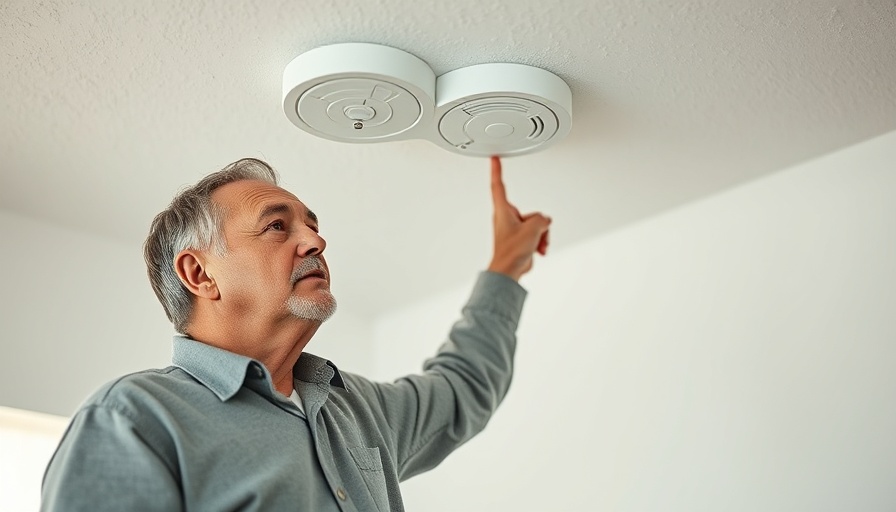
Understanding the Basics of Smoke Alarms
Fire alarms are crucial for protecting homes, yet their sudden, unprovoked beeping can be one of the most frustrating household experiences. A smoke alarm is designed specifically to detect smoke from fires, with the goal of alerting residents to potential danger. Kevin Feak, a licensed fire protection engineer, emphasizes that while smoke alarms are essential for safety, they’re designed to respond to smoke, not flames. This distinction is crucial; the technology behind these alarms, whether ionizing or photoelectric, relies on detecting smoke particles, which can lead to false alarms under certain conditions.
Common Causes of False Alarms
Understanding what triggers these irritating false alarms is essential not just for sanity, but for ensuring that our smoke detectors are functioning optimally. A substantial contributing factor is the environmental conditions around the smoke alarm. Steam from hot showers can easily confuse the sensors. Likewise, areas like kitchens—where cooking fumes or burnt toast can stimulate the alarm—are often problematic. In these cases, correct placement of alarms can significantly reduce these unwanted activations. Feak and Susan McKelvey from the National Fire Protection Association suggest that smoke alarms should be optimally located away from high humidity areas, such as bathrooms, as well as cooking zones to minimize false alarms.
Common Household Issues That Could Trigger Alarms
Humidity and Steam
A common household mishap is smoke detectors sounding an alarm due to high humidity, particularly those placed near bathrooms. Many smoke detectors are sensitive to steam, mistaking it for smoke, which leads to false alarms that can frustrate homeowners.
Insect Interference
Insects can also be an unexpected source of false alarms. Tiny bugs can invade smoke detectors, interfering with the internal sensors and triggering an alarm. Regular checks of detectors will help identify and eliminate any pests that might be residing there.
Manual Errors and System Malfunctions
Improperly installed or old equipment can be misleadingly unreliable as well. Fire alarms typically need replacement every 10-15 years; failing to do so invites risks associated with false alarms and decreased sensitivity. A malfunctioning system might trigger alarms at odd times, leaving residents bewildered.
Why Ignoring Alarms is Dangerous
One of the biggest dangers of false alarms is the tendency of residents to ignore them over time. However, Susan McKelvey warns that failing to address even suspected false alarms could lead to missed actual emergencies. Smoke alarms are critical; homes without operational alarms face a significantly higher risk of fire-related deaths.
Actionable Tips to Prevent False Alarms
Maintaining your fire alarm system can prevent the inconvenience of false alarms. Here are a few actionable tips: regularly test your smoke detectors, replace batteries according to the manufacturer’s guidelines, and ensure your alarm systems are installed correctly away from zones that may mistakenly trigger them.
Future Predictions: The Evolving Technology of Fire Alarms
The evolution of fire alarm technology will likely impact user experiences significantly. Newer models integrate smokes and carbon monoxide detection, enhancing safety measures in homes. Future advancements may lead to artificial intelligence integration that can differentiate between smoke and other environmental stimuli, thus reducing false alerts while still maintaining safety.
Conclusion: Stay Informed and Prepared
It's vital for every homeowner to comprehend both the function of smoke alarms and the potential pitfalls associated with their operation. Understanding the nuances of your smoke alarm can not only save your life but also spare you from the annoyance of unnecessary beeping. Always stay aware of their condition and maintain them diligently.
 Add Row
Add Row  Add
Add 




Write A Comment